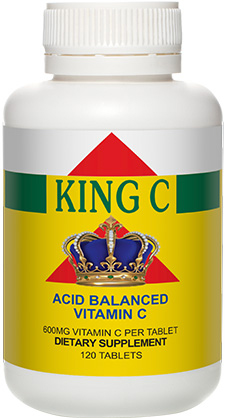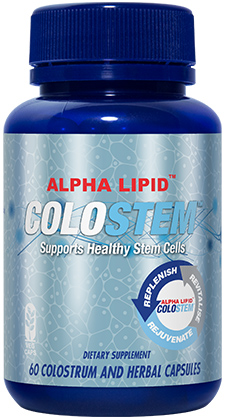

These 5 tips can help you guard your joints against injury and keep them healthy for years to come. Joints connect your bones, support your weight and allow you to move. Joints and their surrounding structures allow you to bend your knees, wiggle your hips, turn your head and wave to say goodbye.
Although your joints are designed to cope with stress, sometimes they suffer from wear and tear and can be extremely uncomfortable. The best way to care for your joints is to keep them, your muscles, ligaments and bones as strong and stable as possible.
No matter how old you are, maintaining healthy joints is essential to mobility and overall wellness. From the foods you eat to how to spend your day, these tips can make sure you are giving your joints the attention they deserve.
We all know that regular exercise has enormous health benefits. But there is a common misconception that exercise will increase your joint pain or cause further damage. But there have been numerous studies that show the less you move your joints, the weaker and more painful they become. Exercise is not only safe for you, but helps ease arthritis, stiffness and improves range of motion. Of course, when you already have stiff uncomfortable joints weighing you down, the last thing on your mind is going for a walk around the block. But you don’t have to run a marathon or be an Olympic competitor to help reduce joint pain. Light to moderate exercise will do the trick, think swimming or even cycling. It is important that one should keep moving to have happy, healthy joints to, run, jump, twist and turn.
Staying hydrated is often overlooked in joint health, but it is a simple, yet essential factor. Proper hydration helps remove the waste and toxins from your body that cause gout and other painful conditions. It also helps the body lubricate your joints, which reduces pain and inflammation.
The cartilage is a connective tissue that lines the surface of the joints and acts as a cushion between the bones, absorbing shock and easing friction.
Cartilage is kept lubricated by a gel-like liquid called synovial fluid. This acts like oil in an engine, allowing your bones to move past one another more smoothly. Exercise encourages circulation of the fluid.
Joint pain occurs when the cartilage has been weakened or damaged, which then leads to symptoms such as inflammation, pain and stiffness. Since approximately 60% of joint cartilage is made from water, it is critical that we stay hydrated, otherwise our production of synovial fluid will be decreased, this then increases our risk of pain and cartilage deterioration. Water isn’t necessarily the magic answer that will cause all your symptoms to disappear. But it will certainly help improve your joint health and may decrease some of your pain.
The underlying cause for a lot of joint pain is excessive free radical damage. Inflammation is important in the healing process but can actually create more free radicals and cause more damage which, in turn, results in more inflammation and so the vicious cycle continues. When it comes to preventing free radical damage, antioxidants have something similar to superhero powers. Antioxidants literally destroy free radicals and help stop their pesky damage from taking place in our joints. But what antioxidants should you take? Vitamin D helps your body absorb calcium from the foods that you eat.

Vitamin C Is one of the most important water-soluble antioxidants in the body. It helps to remove the destructive nature of free radicals and helps with the production of collagen, keeping your skin, tendons, cartilage and blood vessels strong.

Alpha Lipid™ Colostem™: Colostrum helps with the repair process, so combined with stem cells, this will help stimulate and support your natural repair and rejuvenation of cells, tissues and even organs.
Strong muscles support your joints, so if we don’t have enough muscle mass to support your body weight and carry through the day, then you may find that your joints start to take a pounding. We need to keep your muscles and surrounding tissue strong to support joint health. When we don’t exercise it actually weakens our supporting muscles, creating more stress on your joints.
Weight training with the correct form is crucial, as is starting with low loads and higher repetitions for joint safety. Before starting a weight training program, you should seek the advice of a trained professional to develop the optimal program for you.
Healthy fats are a great weapon against joint health. They are full of omega 3’s and have antiinflammatory properties. The two types of omega 3 fatty acids found in fish oil are DHA (docosahexaenoic acid) and EPA (eicosapentaenoic acid). DHA and EPA can reduce inflammation. By supplementing these in your diet it can help reduce the intensity of joint symptoms like morning stiffness, tenderness, swelling and discomfort. Foods such as salmon, olive oil, nuts, avocados and supplements are all joint preservers.
Nutritious and gluten free. It also contains the peptide lunasin which acts as an anti-inflammaroty